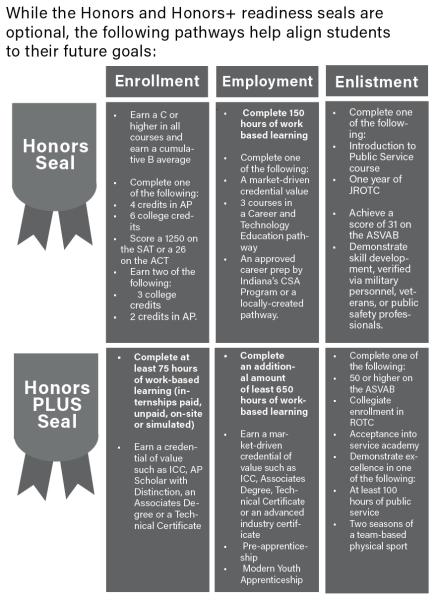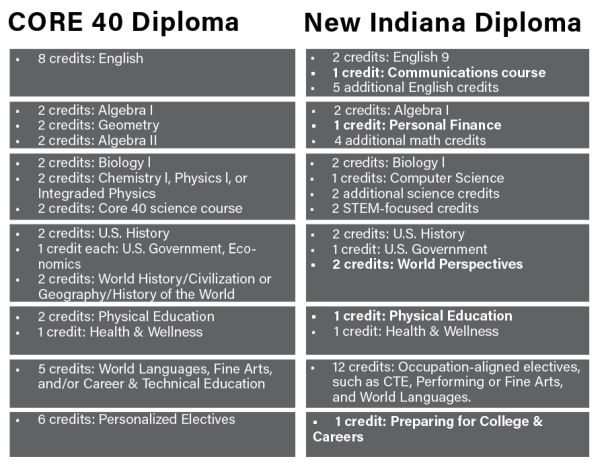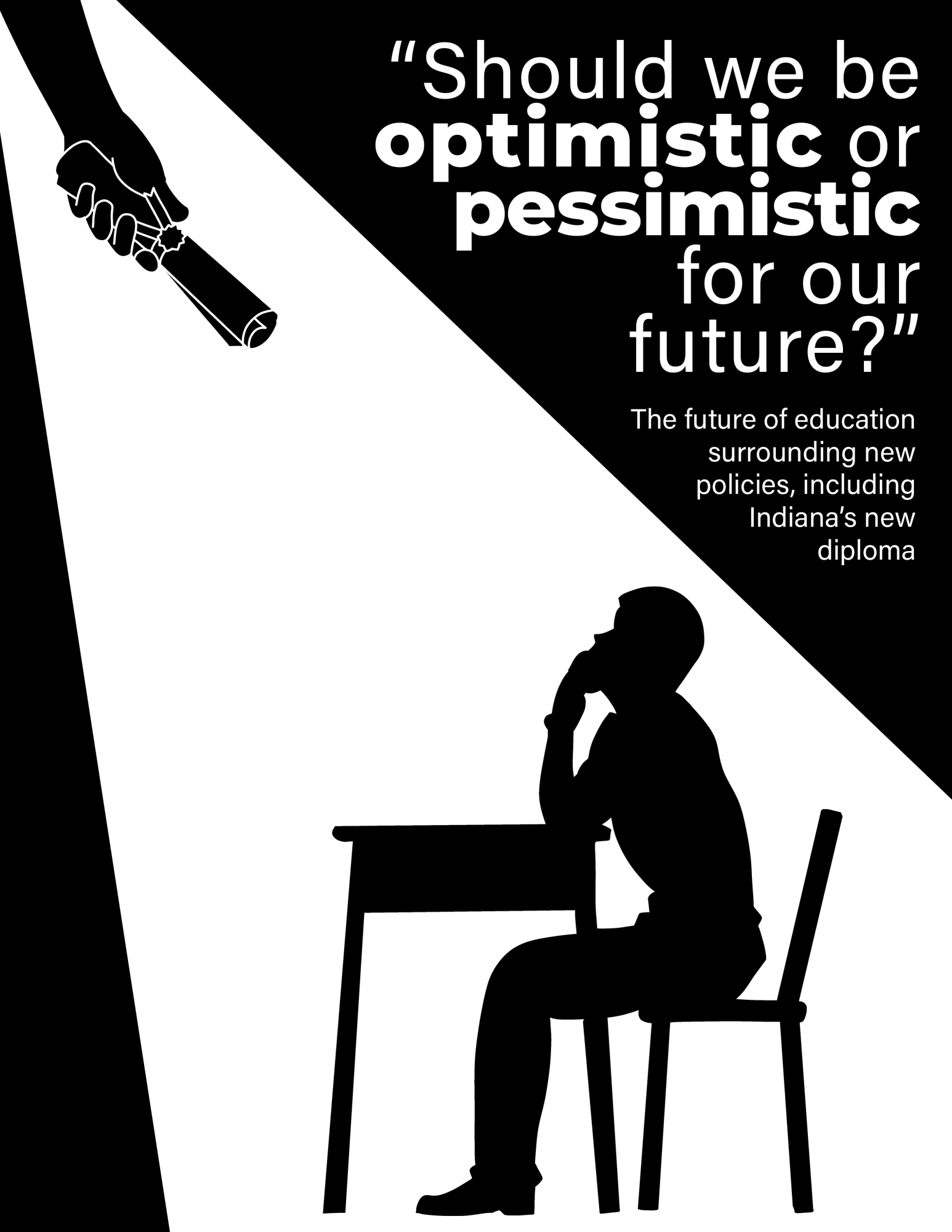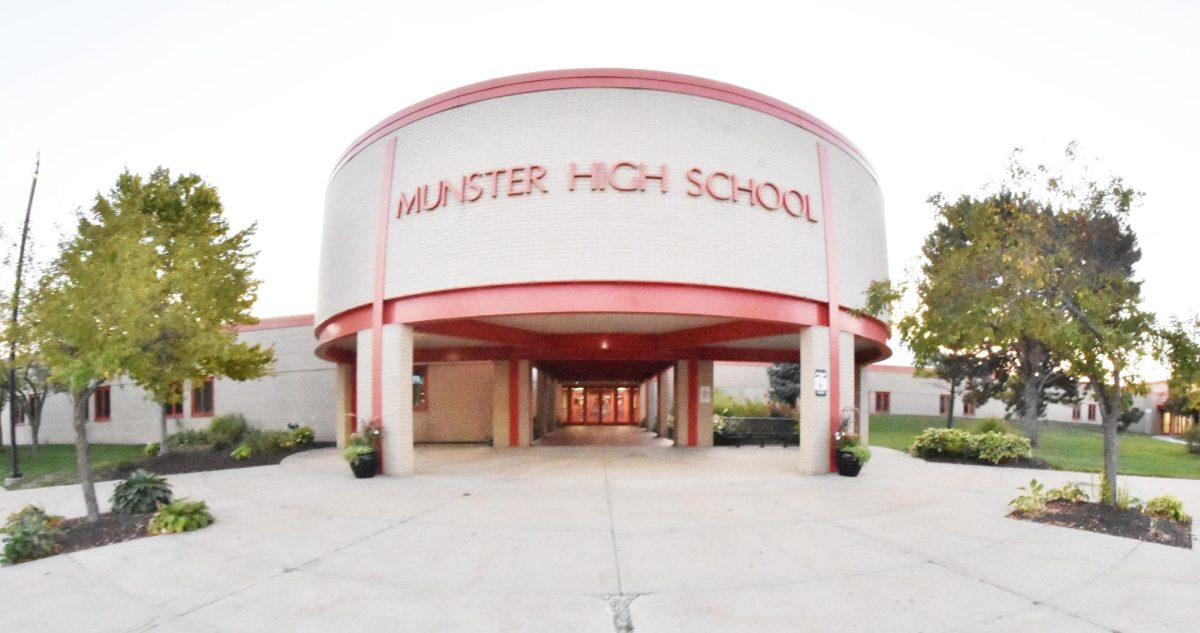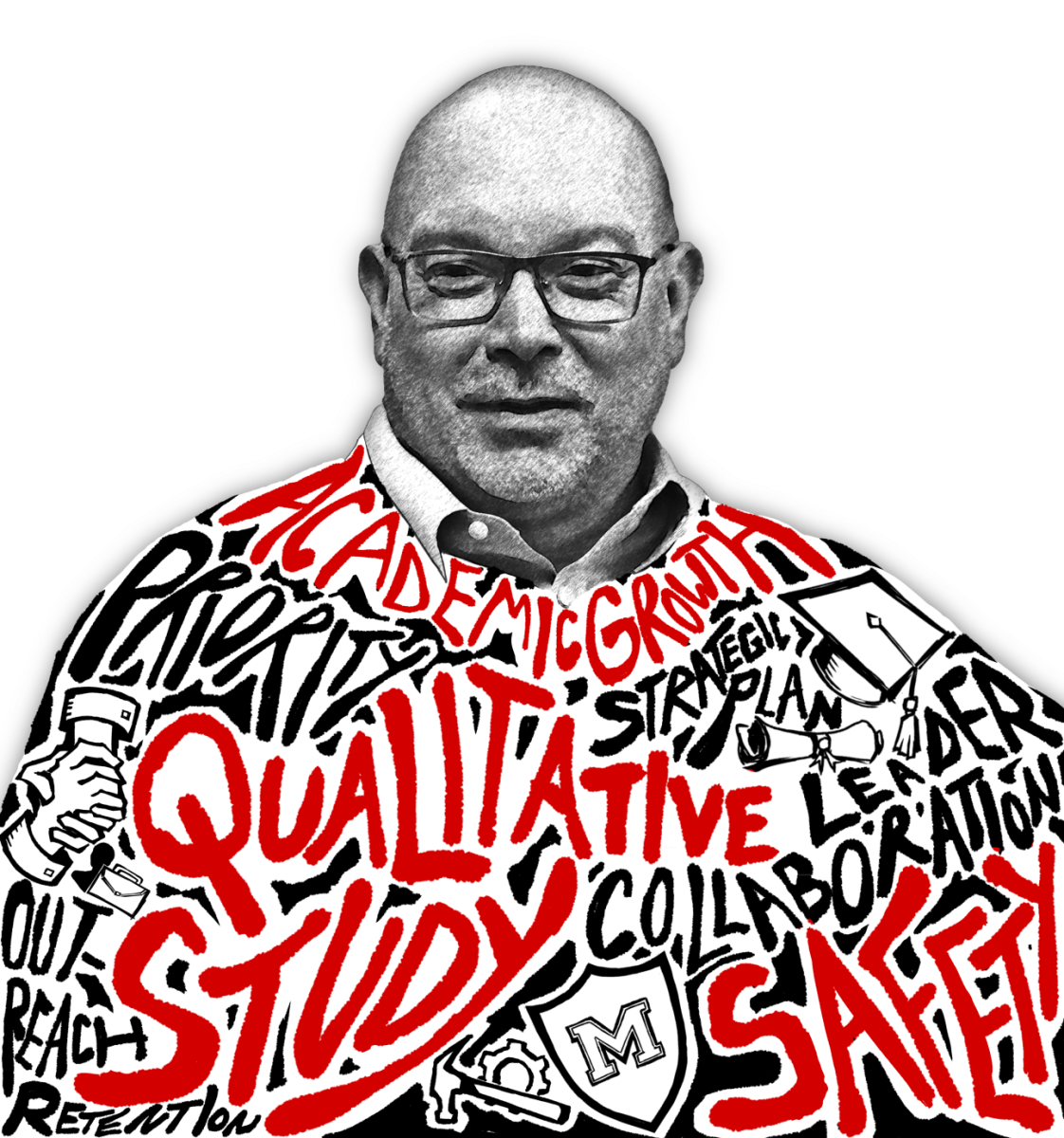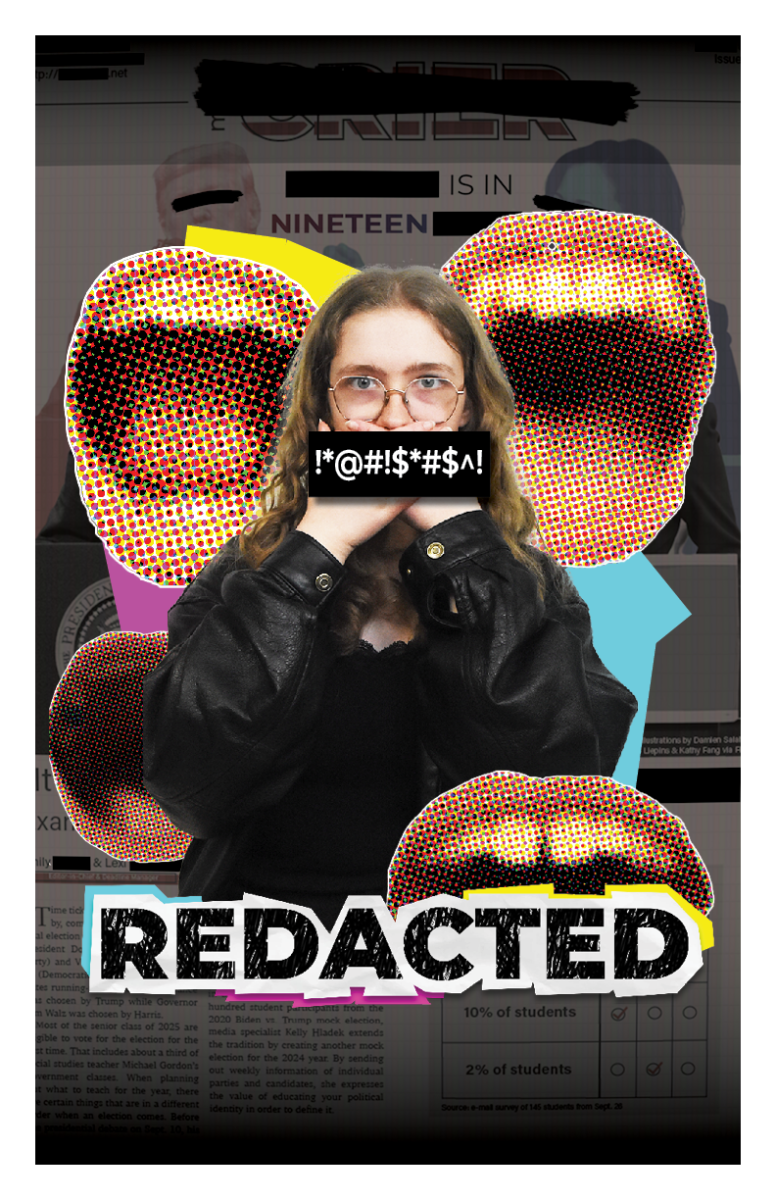As government teacher Michael Gordon paces up and down the walkway of his senior government classes, he poses the question that seems to circulate in everyone’s minds.
“Should we be optimistic or pessimistic about the next chapter of the United States?”
This question resonates with his senior class as the 2025 year ushers in a new board of administration, whether on a federal or hyperlocal government stage. From the desks of the school board members to the desks of students sitting in Gordon’s government class, the lingering question of what will be written for the nation’s next chapter remains unknown.
For school board member John Castro, the focus does not weigh as heavily on the federal government, but rather on the channel that affects the local governance of Munster.
“We need to worry more about local and hyper-local government, and those are what kids need to be aware of,” Castro said. “Looking at the budgets from the state and how much money we may or may not be getting are all factors that could affect if a town can receive a referendum. That affects the money that goes into the classrooms.”
As of Dec. 11, 2024, the Indiana State Board of Education passed the Future New Indiana Diploma, a finalized refinement of the current Core 40 diploma, in effect for the next class. The Future New Indiana Diploma opens up three pathways for students leading to college enrollment, post-secondary employment or enlistment in military services. While the pathways seem promising, the reformation of the new diplomas will shape the curriculum for the next generation of high schoolers.
Although this diploma has been initiated, it does not affect anyone in high school currently. This means that there will be two different diplomas in use for the next three school years. The first class to use this new model of diploma will be class of 2029, the current eighth graders.
“I have an eighth grader, and one of our other counselors has an eighth grader,” Snyder said. “So we have two guinea pig kids that we keep referencing to say ‘all right, here’s what they did at Wilbur Wright, here’s what their strengths or weaknesses are, now let’s look at what their trajectory now looks like.’”
Everyone within the district of Munster schools actively helps fund the good of students through their taxes, Gordon emphasizes, even though only about 20% of the families currently have kids in the school system. Continuing the funding of education makes for better citizens, but does the new diploma make a difference in civic education?
“What justifies that is not career development, but the creation of fuller members of our society,” Gordon said. “My concern is that the new diploma is so focused on STEM and career, that we’re missing out on that broader liberal arts education that we need for full members of society.”
With recent elections and a new governor, the shift for local government will involve budget shifting and new policymaking. One policy that has been introduced is that, when running for election, school board candidates will have to clarify their political party, creating partisan school board elections.
“We are vehemently against that,” Castro said. “All five of us are, and most of the school board members in the state would similarly feel the same way, regardless of how far right or left they may be on the political spectrum.”
The introduction of a new diploma may seem like an extremely large task to undertake, and it is, but it has happened before. Education and the rules and procedures surrounding it are constantly changing and adapting as the student population and culture does. The last time the graduation pathways were altered was in the 2018-2019 school year, and the current senior class is the third class to graduate with these requirements. By the time the current freshman class graduates, the last class with the current graduation requirements, there will only have been six classes to graduate with them.
“We were all terrified the current graduation pathways were introduced,” Dean of students Helen Fuller said. “I taught eighth grade at the time, so I held an open house for parents and students to learn about the new graduation pathways. Change is always uncertain and scary, but also an opportunity for growth.”
The diploma may be shifting, but it allows students to structure their next four years based on their idea of what they want to do in the future. Although this may seem like a hefty task to place upon an eighth grade student, the pathway can always be altered and adjusted to the student’s path. This transition relies heavily on the counselors and administrators in charge of scheduling and advising students on their future and their ability to do so.
“Not all learning happens in the classroom,” Fuller said. “You’re learning all the time, whether it be in church, temple, Boy Scouts, Girl Scouts, a job, or a family, all of these are learning opportunities. We never want to lose sight that there are so many different places where you’re learning and growing.”
